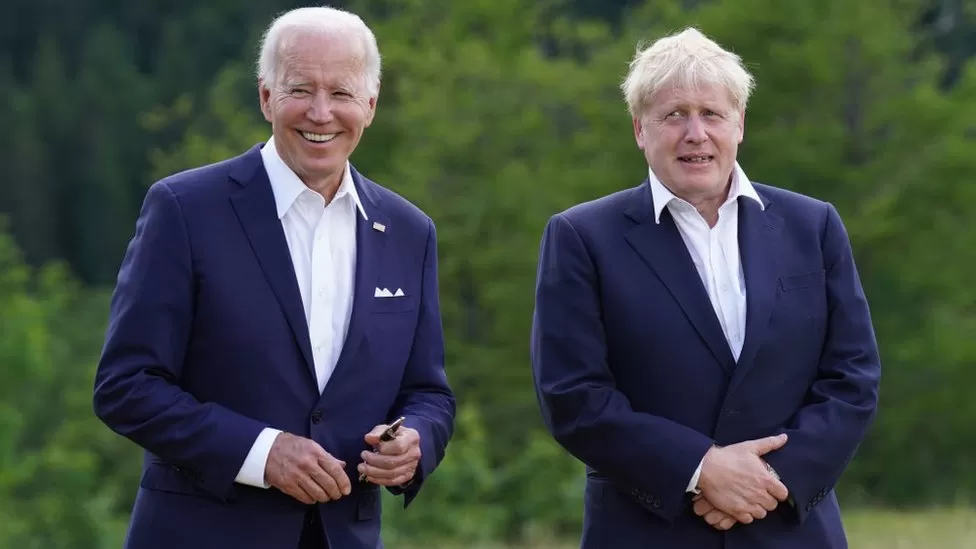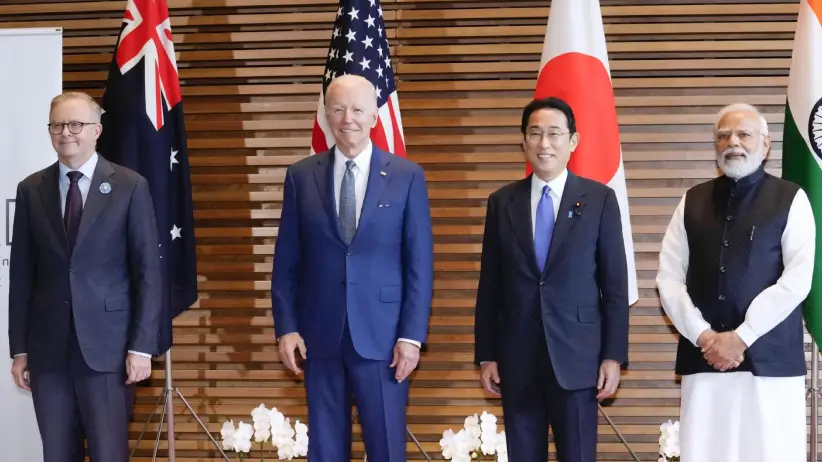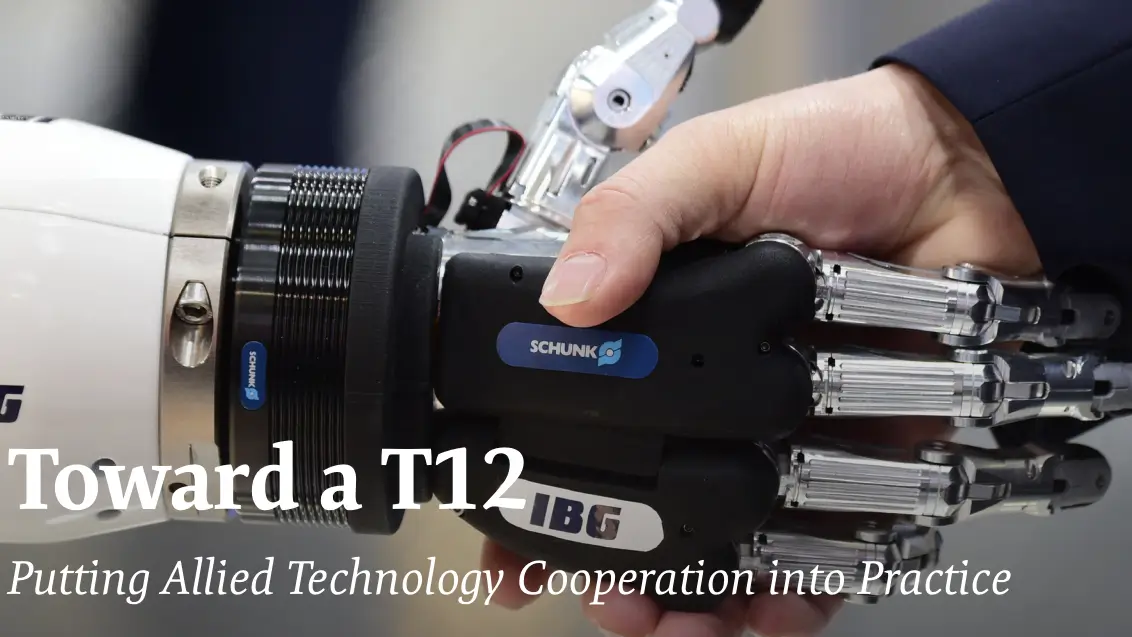Toward a T12: Putting Allied Technology Cooperation into Practice
CSIS
Less than nine months into the Biden administration, three themes have come to define its international economic agenda: competition with China, technology preeminence, and plurilateralism. These themes ran through the president’s first speech to Congress in April of this year. In a little over an hour, Biden reaffirmed that the United States is in competition with China to “win the twenty-first century,” declared that the United States will have to “develop and dominate . . . technologies of the future,” and reestablished that Washington will not lead alone, but with its allies.
Tying the three themes together, White House officials—with a strong push from Congress—have put allied technology cooperation at the core of their emerging strategy toward China. The outlines of this cooperation have appeared in all the statements emerging from President Biden’s early interactions with his counterparts from the Group of Seven (G7), Quadrilateral Security Forum (Quad), and the European Union, as well as leaders of individual allies such as Japan, South Korea, and Germany. The administration’s efforts echo calls from many outside experts for formation of a “T10” or “T12” technology alliance, bringing together the United States and various configurations of other “techno-democracies” to promote and protect technologies seen as critical to the competition with China.
Yet key questions remain as to how to put a technology alliance into action, particularly on the “promotion” side of the ledger (i.e., joint development of critical technologies). What sectors should be prioritized for cooperation? Where along the technology development chain are the greatest opportunities for, and obstacles to, allied cooperation, and how should allies seize these opportunities and reduce key impediments? Which countries should be involved, and what organizational structures and processes are most conducive to effective collaboration? This brief addresses these and related questions and offers recommendations for putting an effective technology alliance into practice.
Related Posts

article
G7 summit: Leaders detail $600bn plan to rival China’s Belt and Road initiative
G7 leaders have detailed plans to mobilise $600bn in funding for the developing world in a move seen as a counter to China's Belt and Road plan.

article
Checking China: What is the Quad Coalition?
Leaders of the “Quad” — the United States, India, Australia and Japan — met in Tokyo, cementing an alliance designed to counter China’s push across the Asia-Pacific region.
